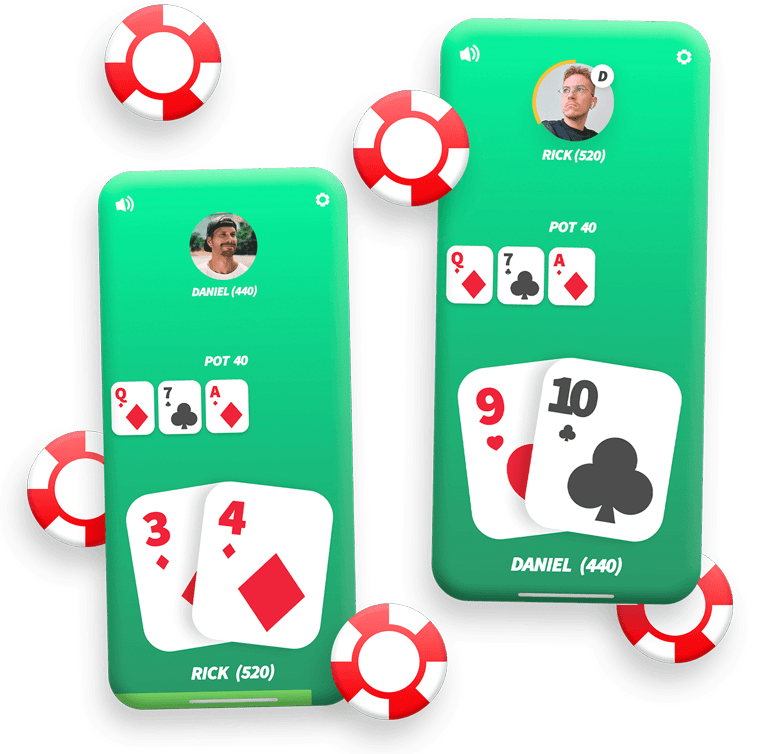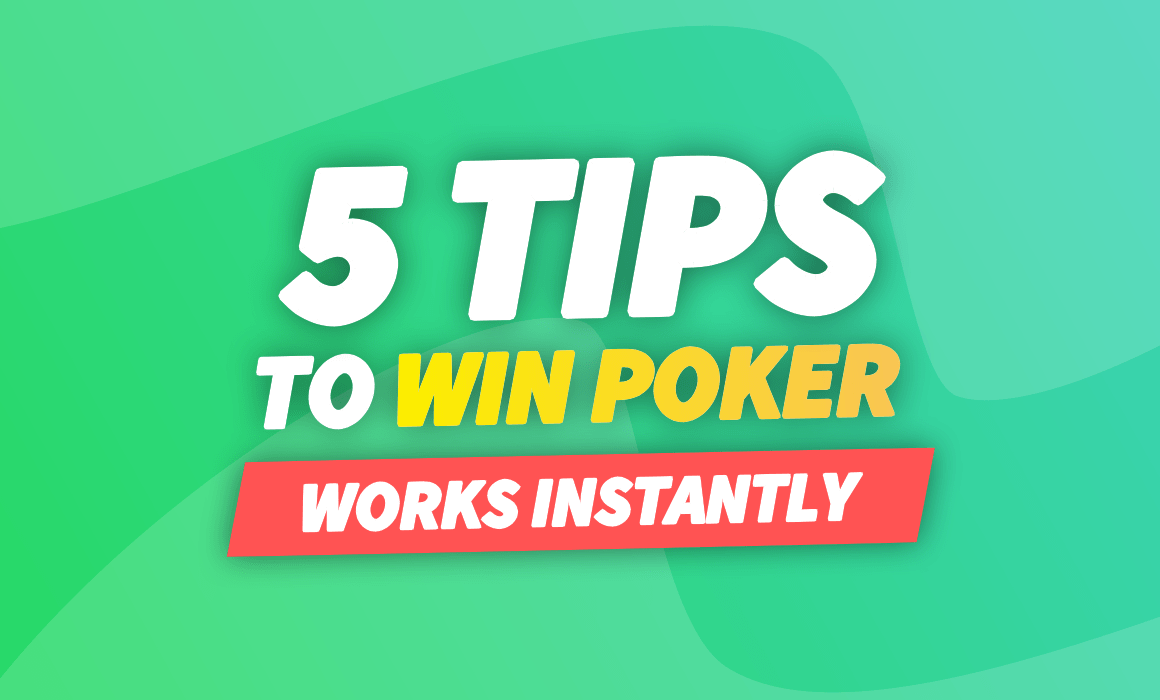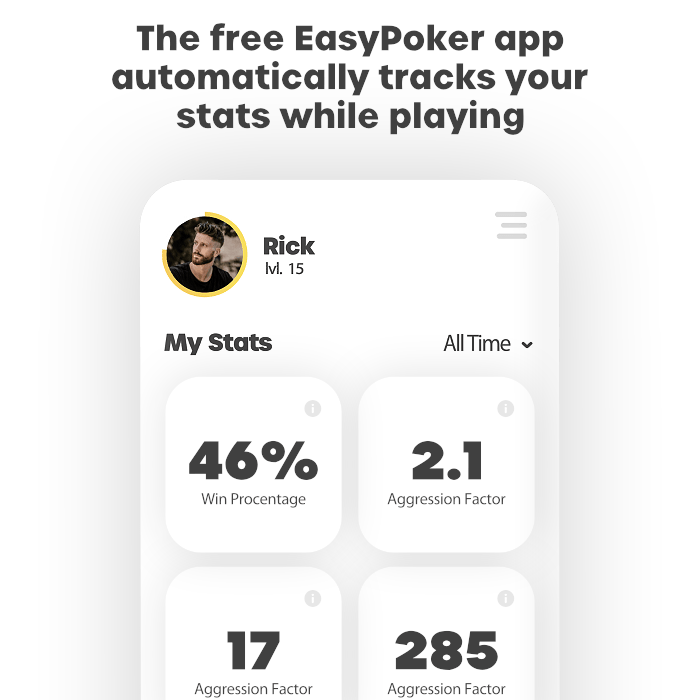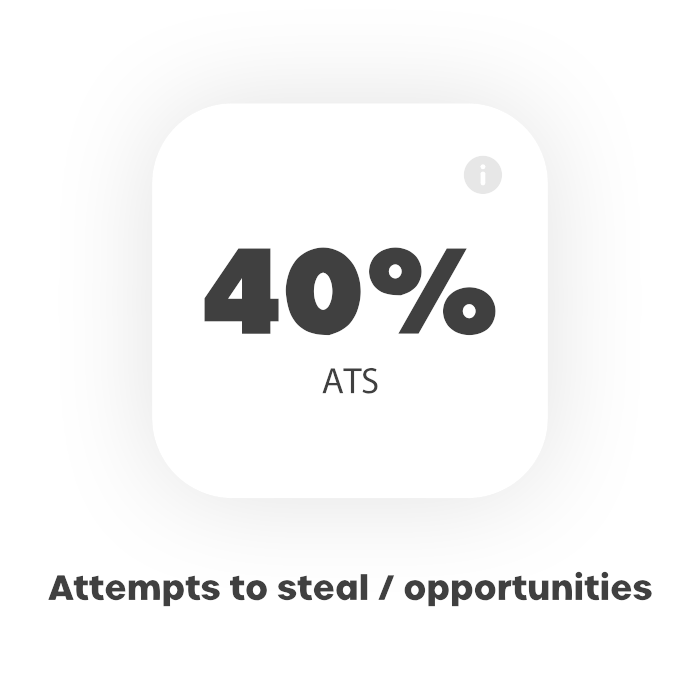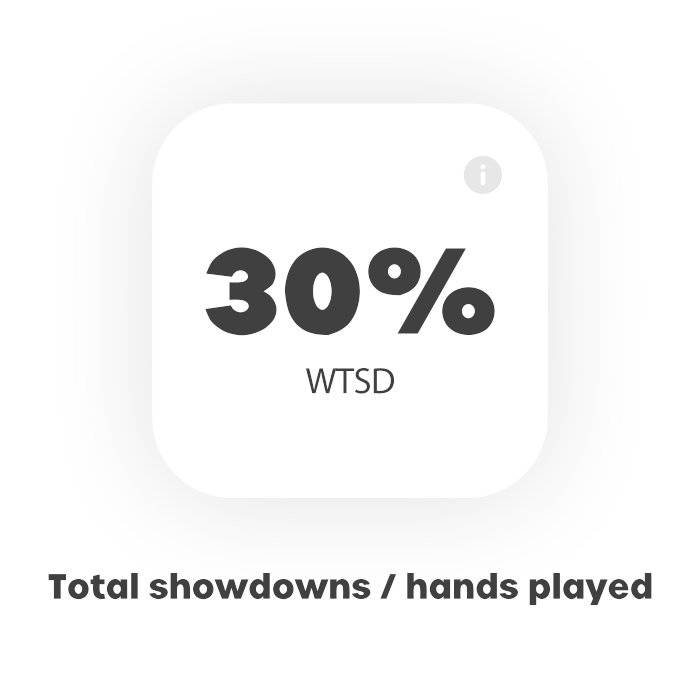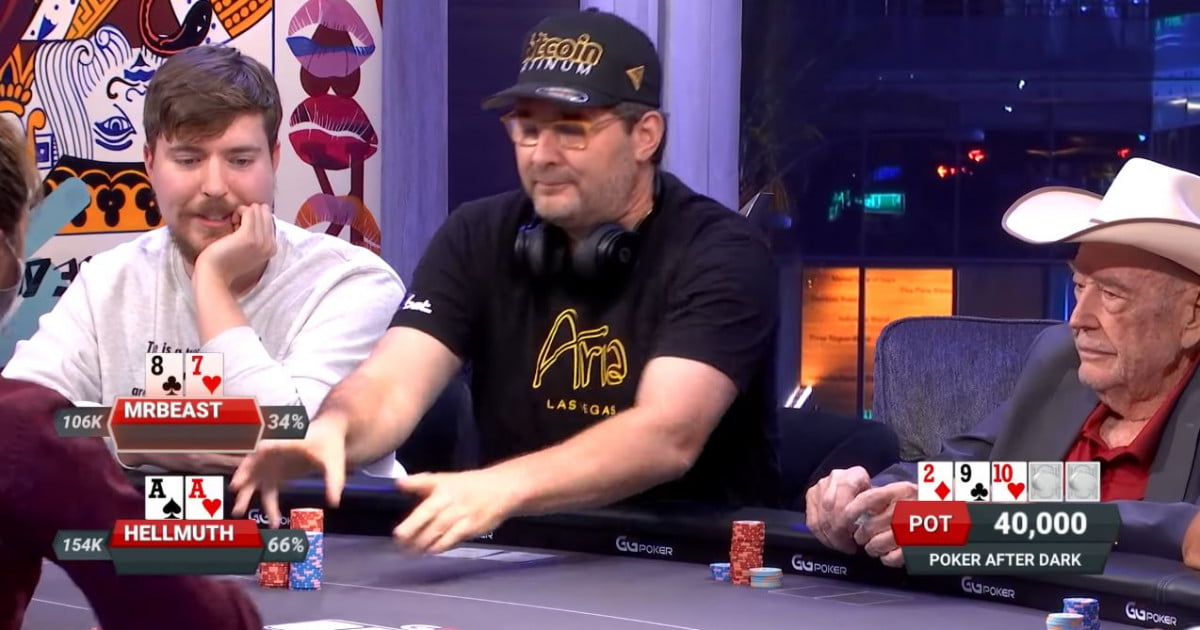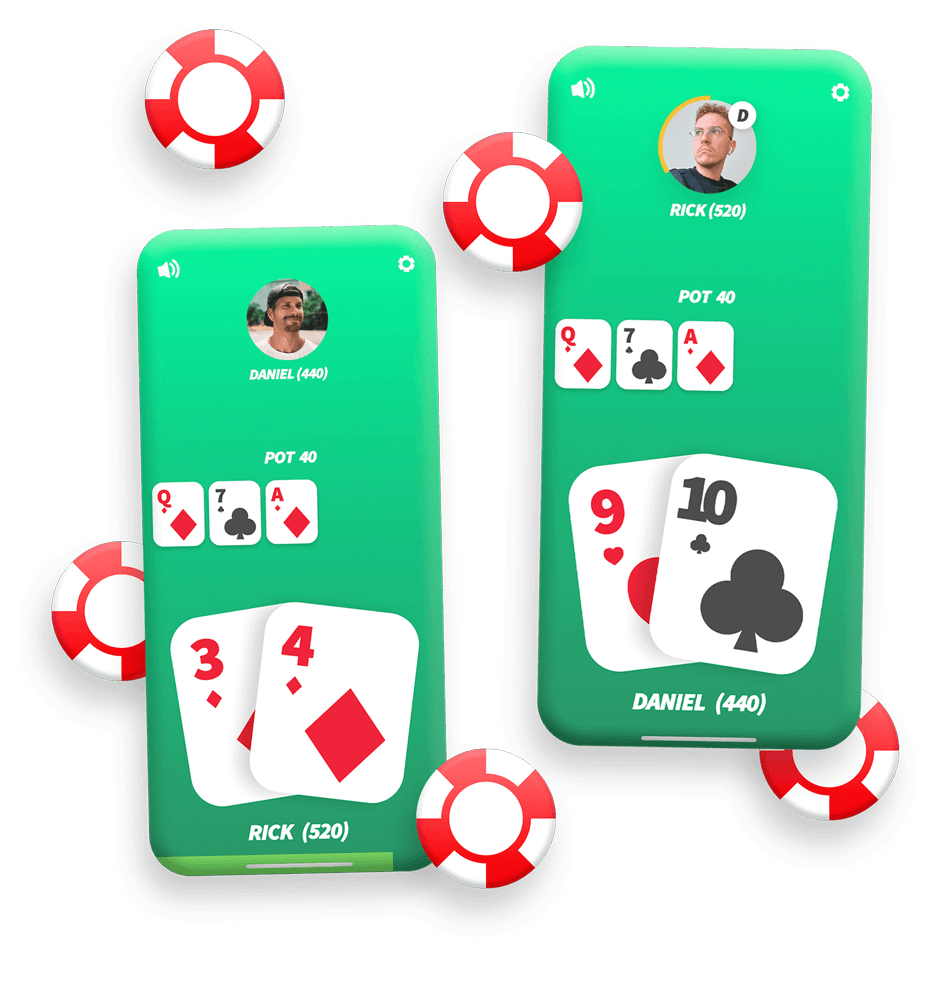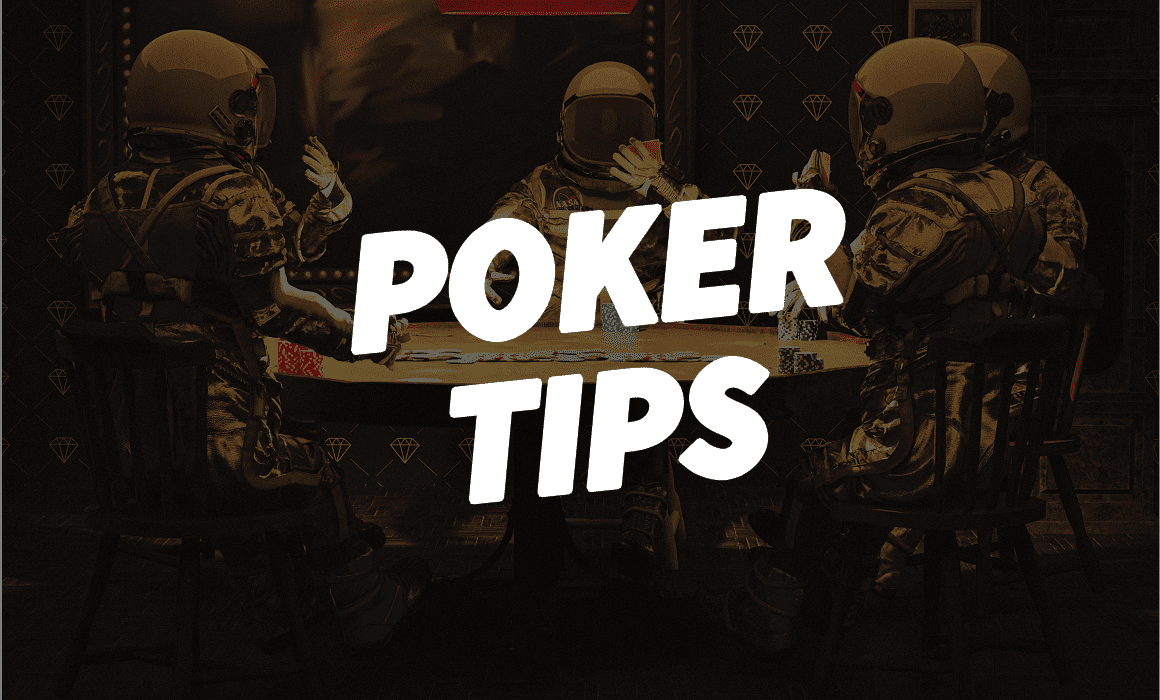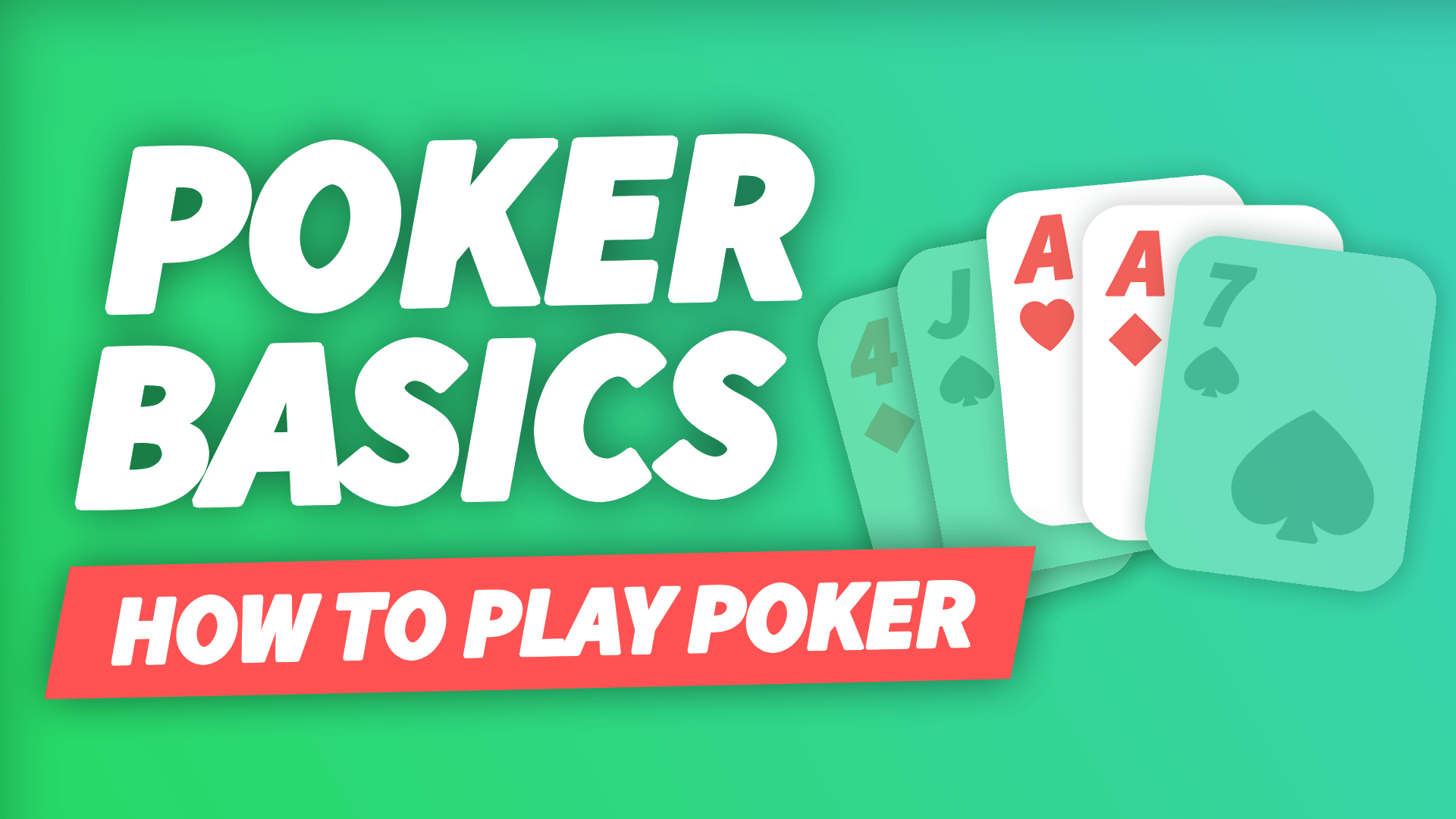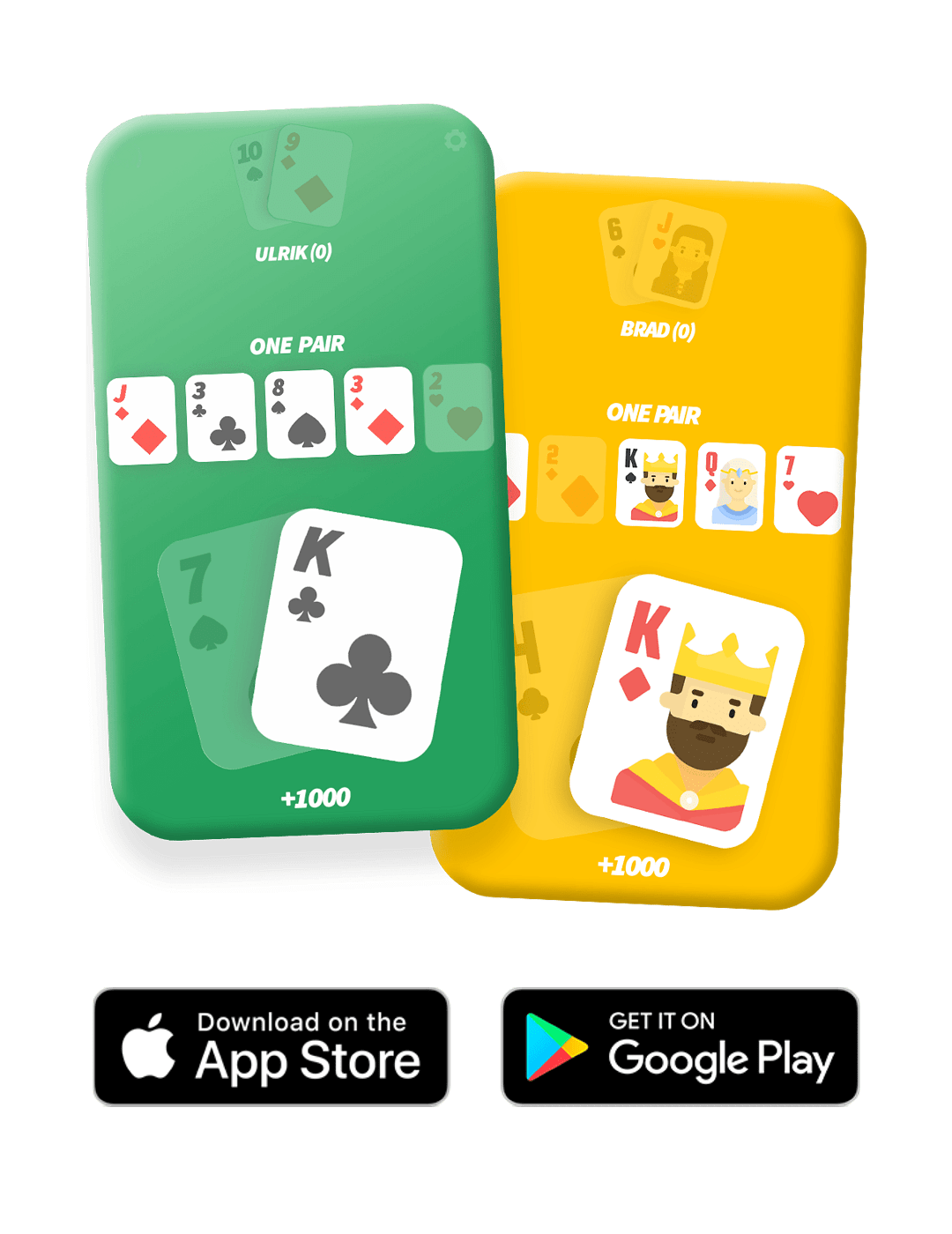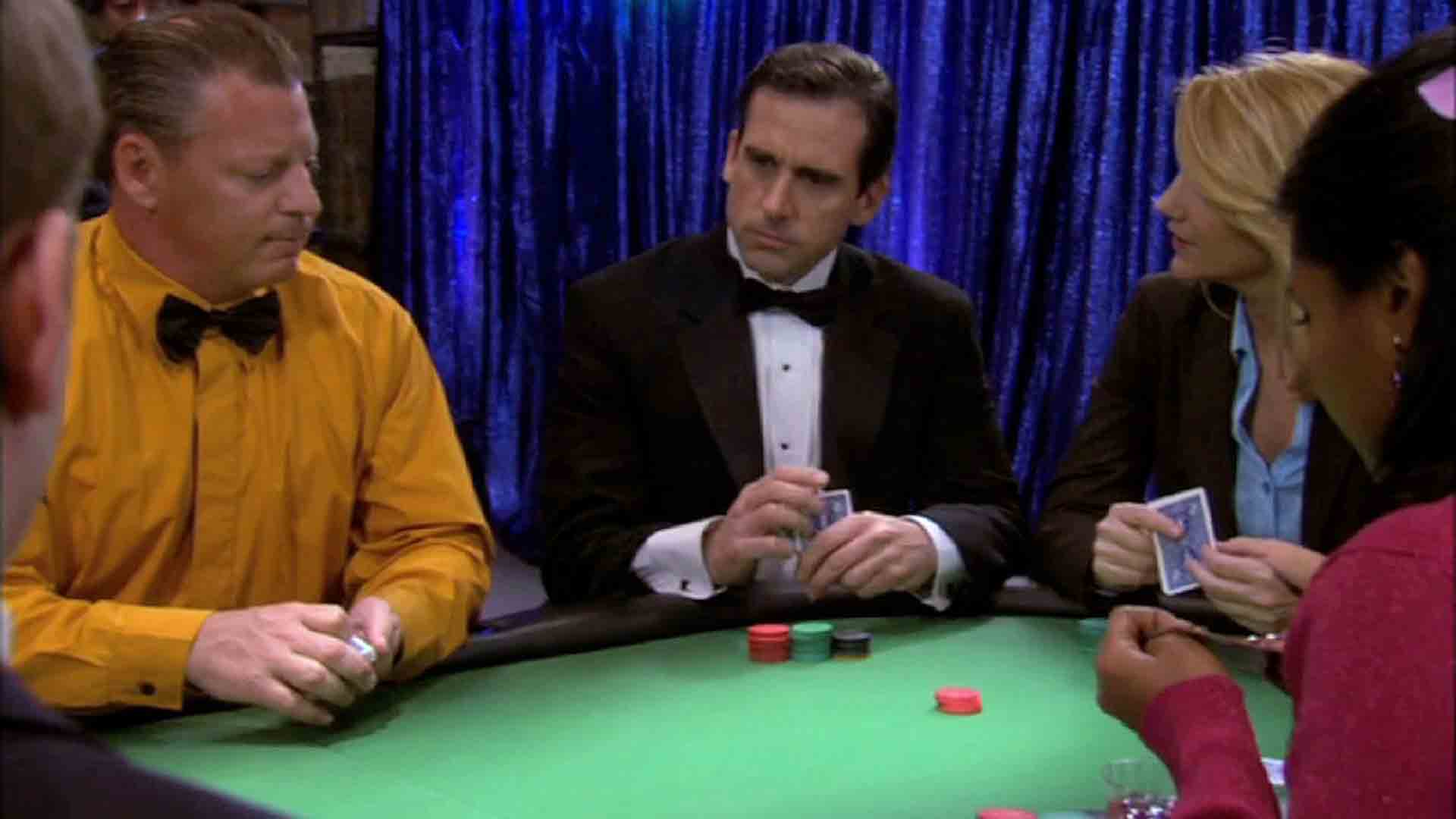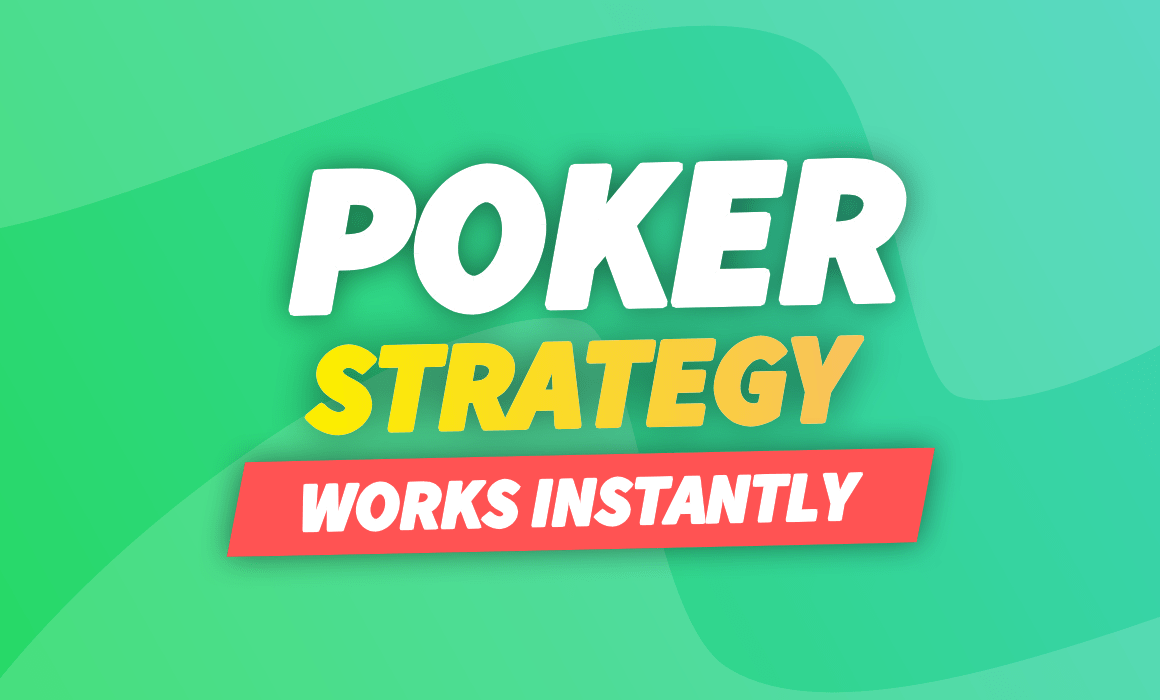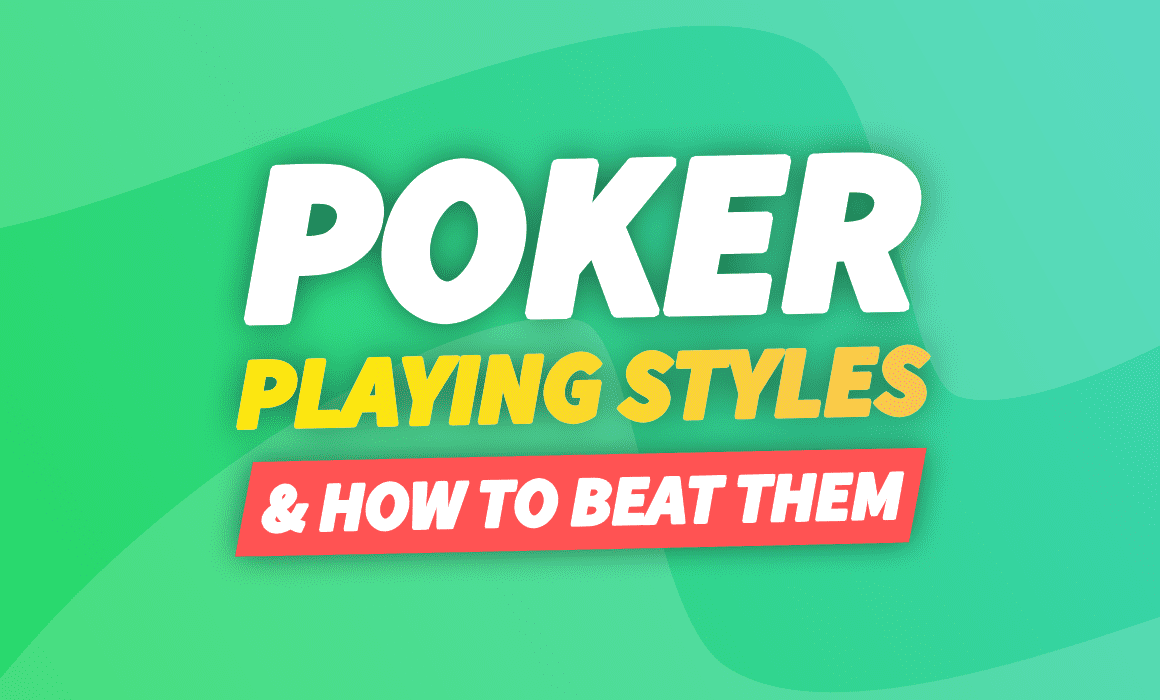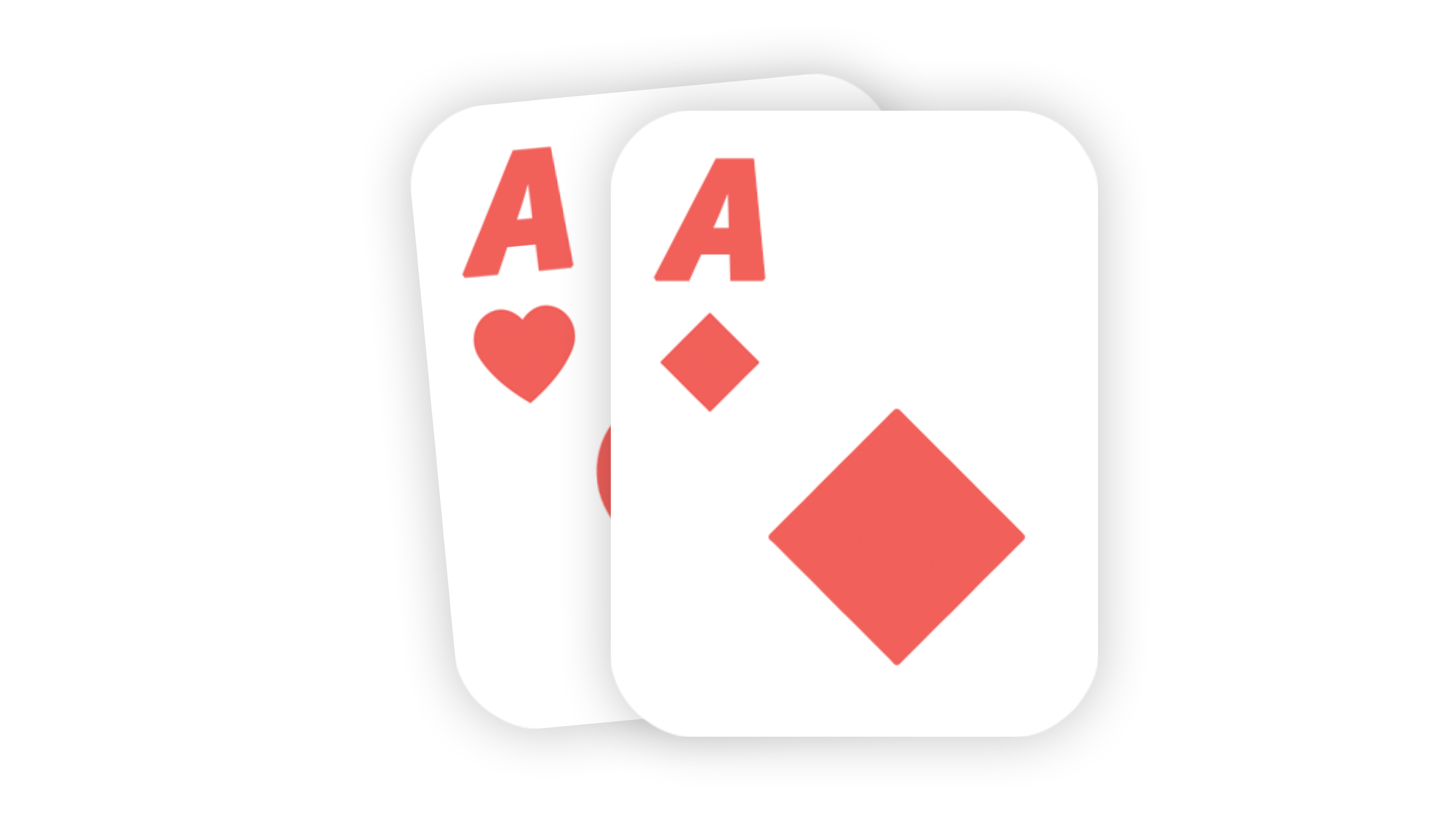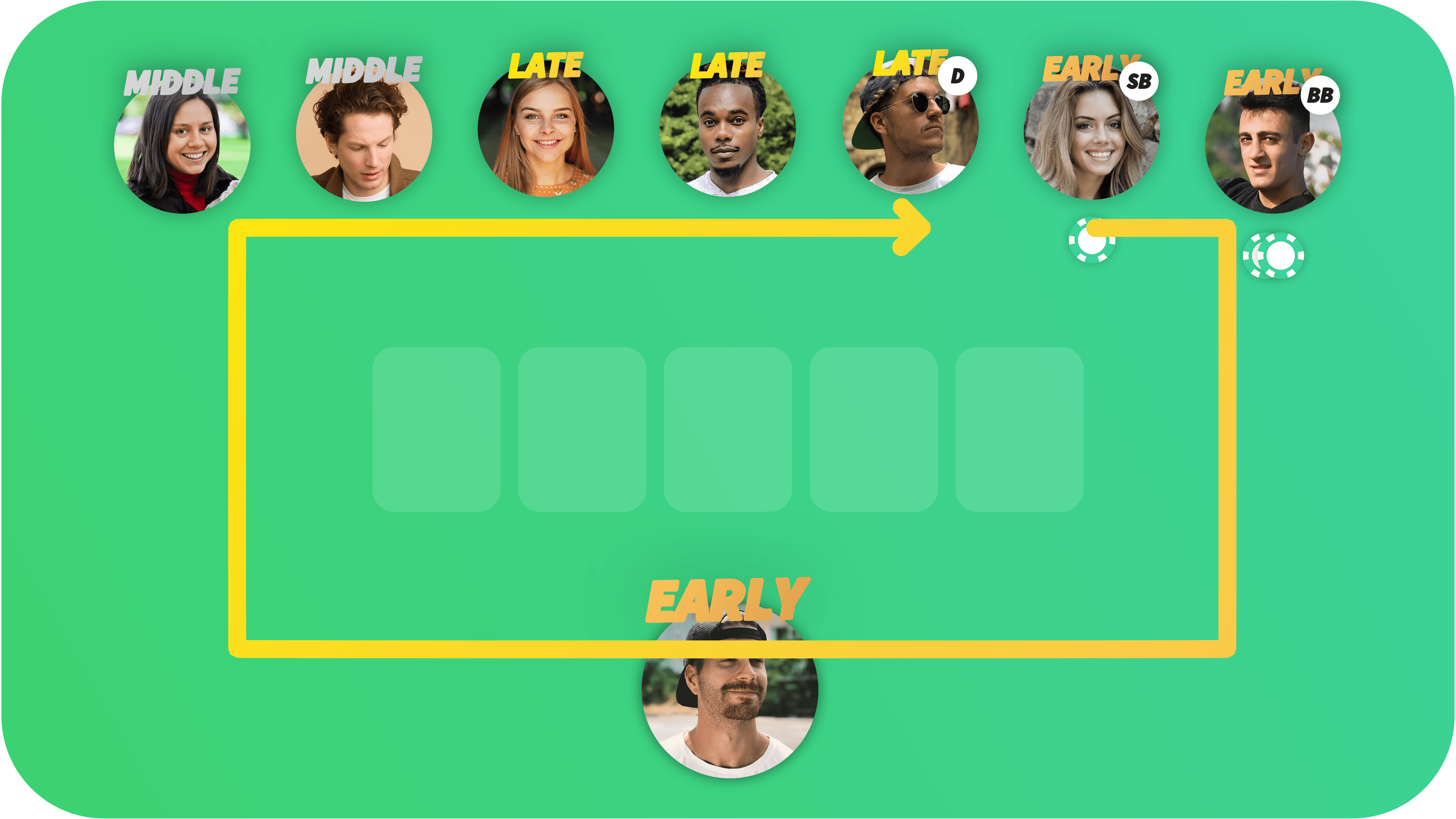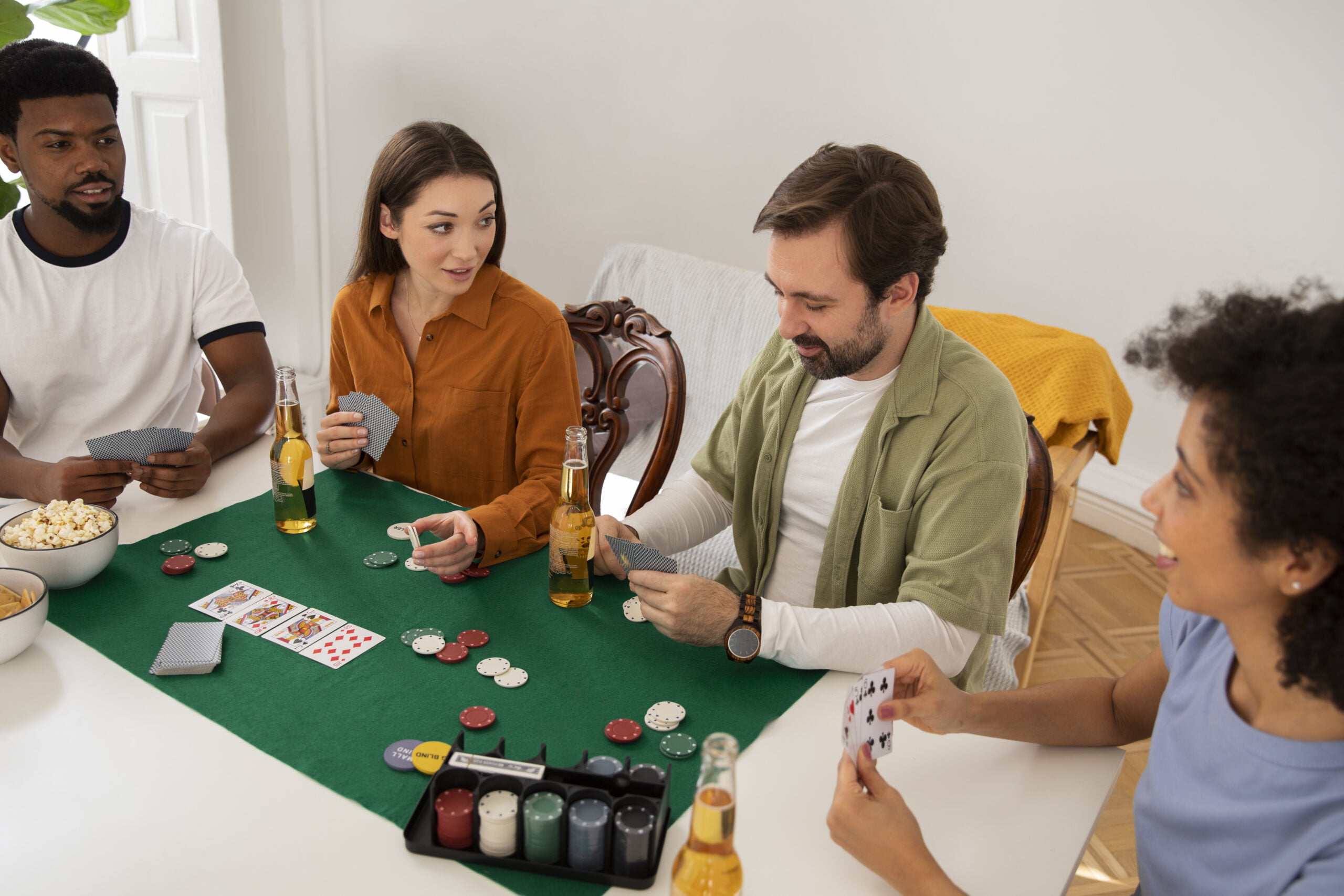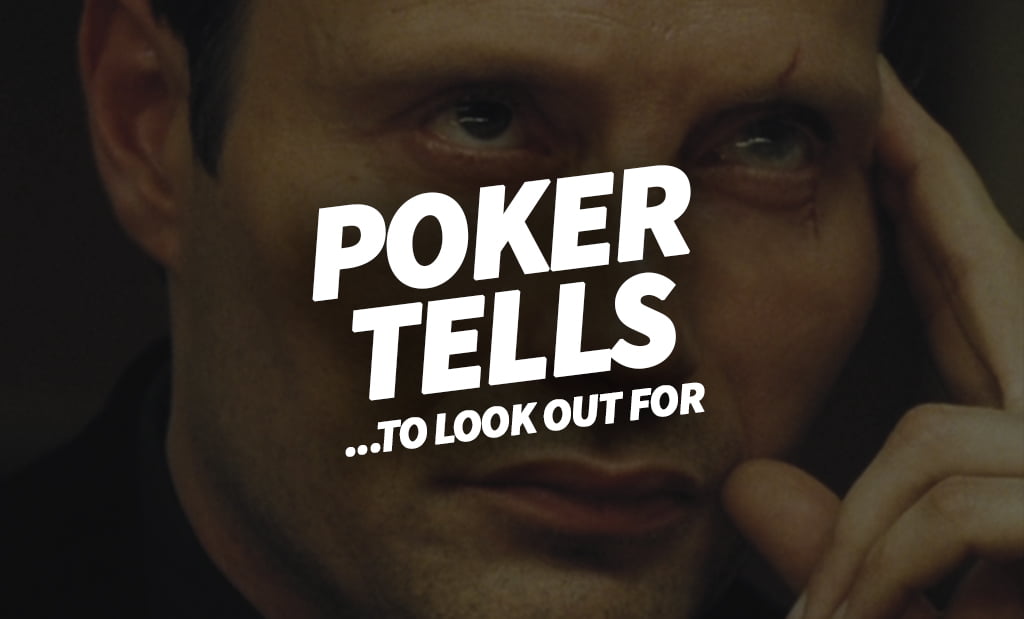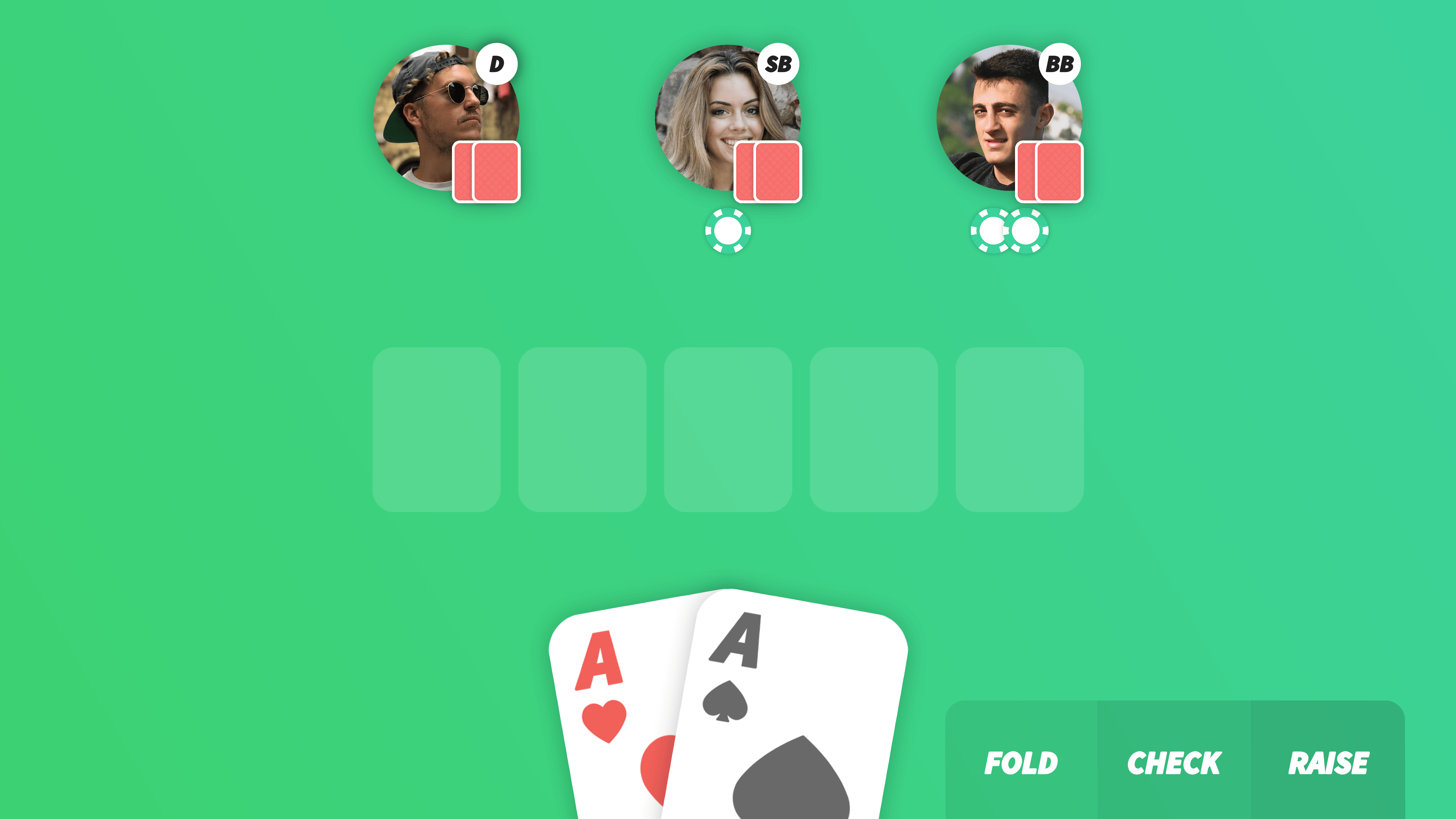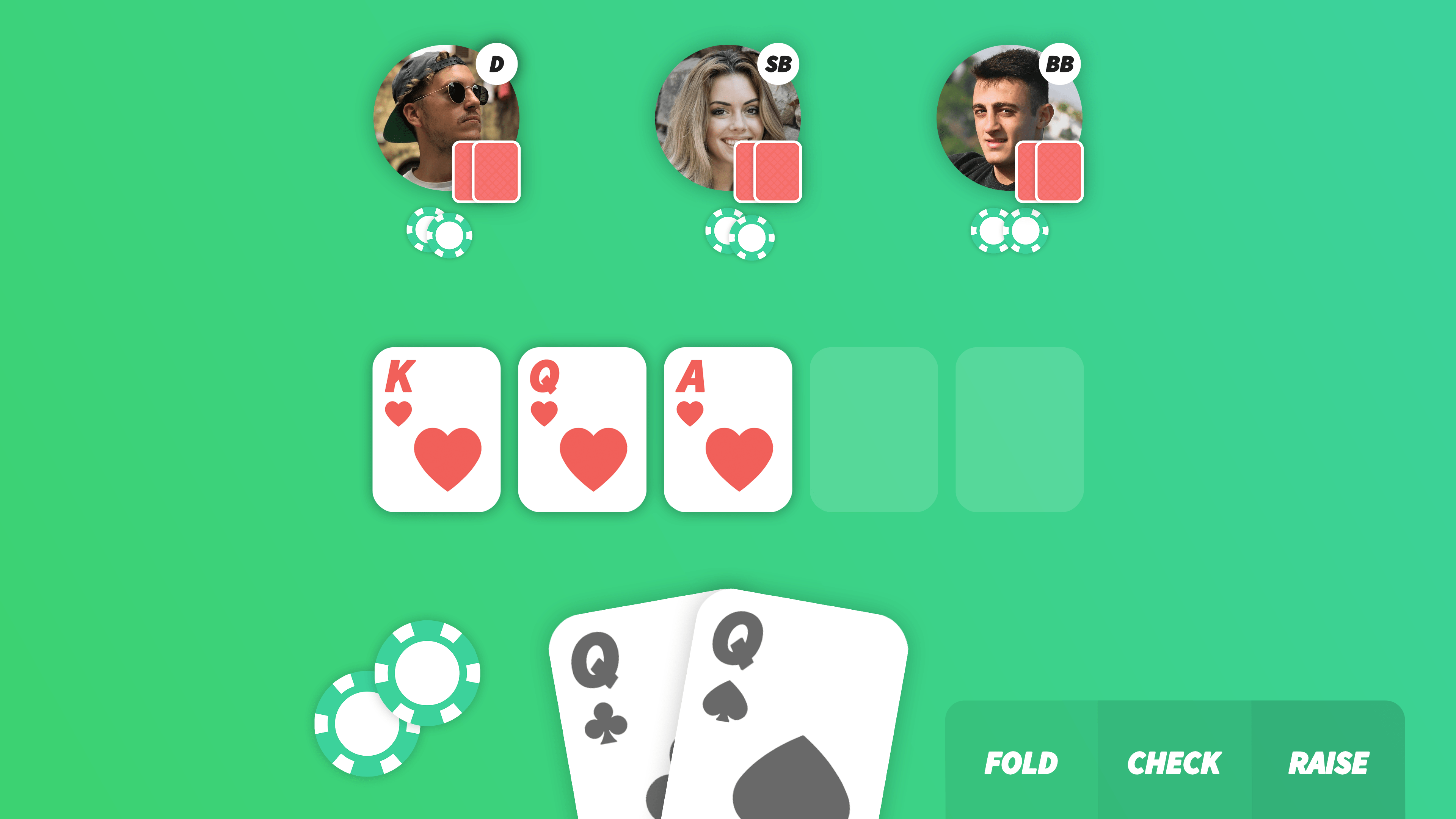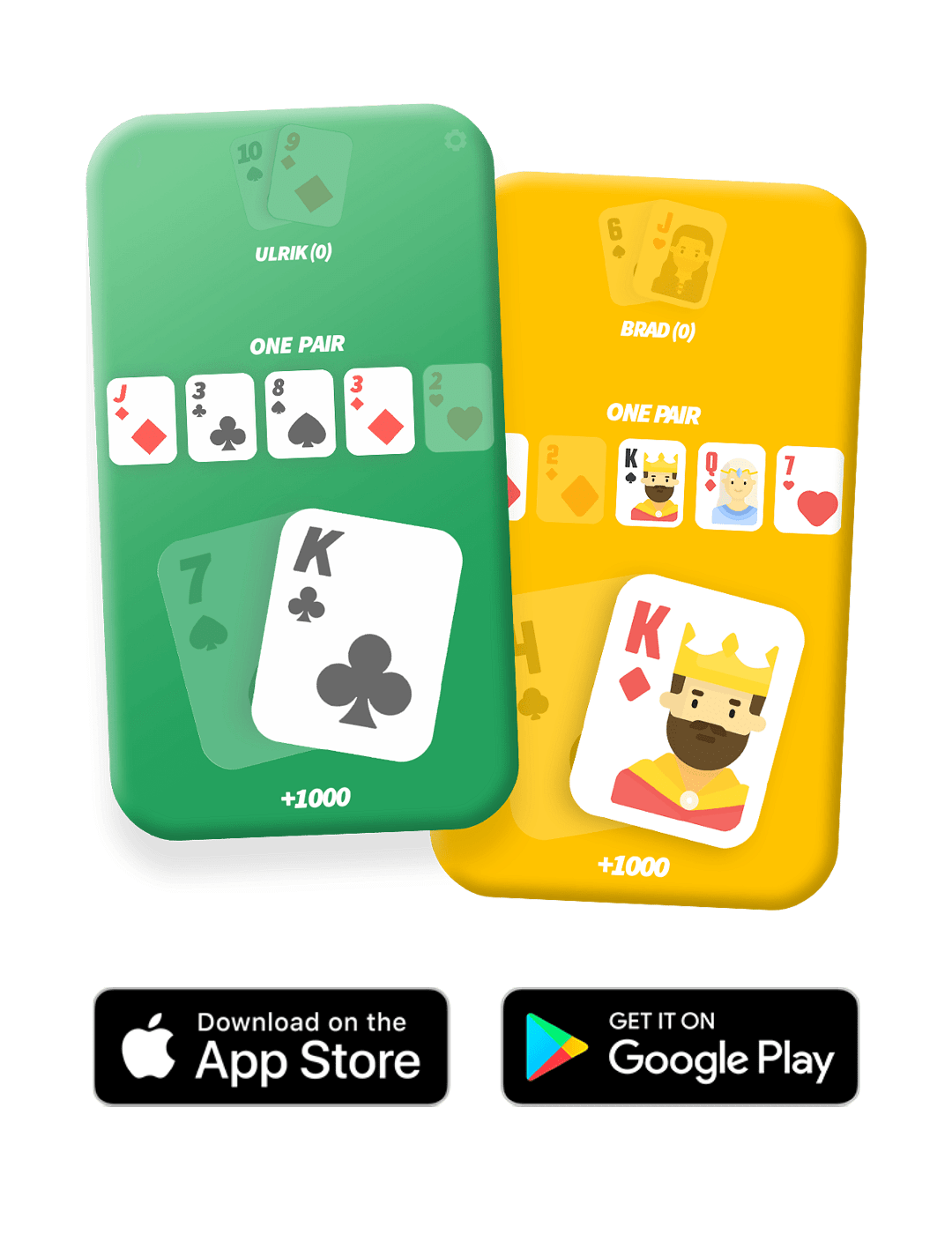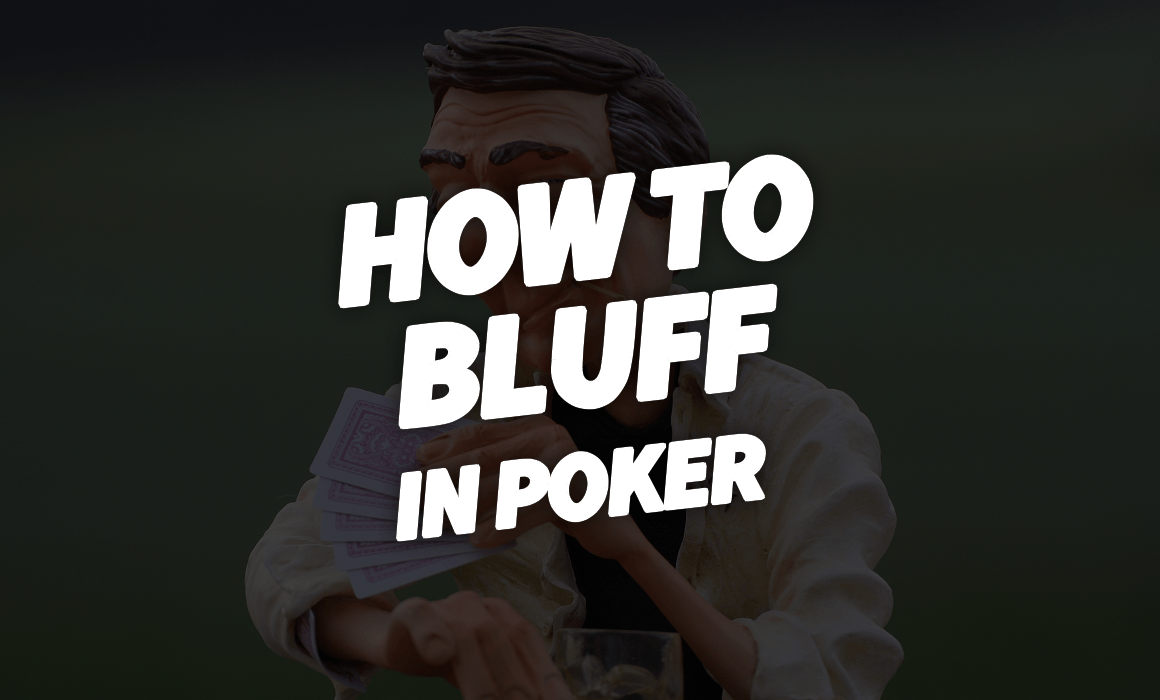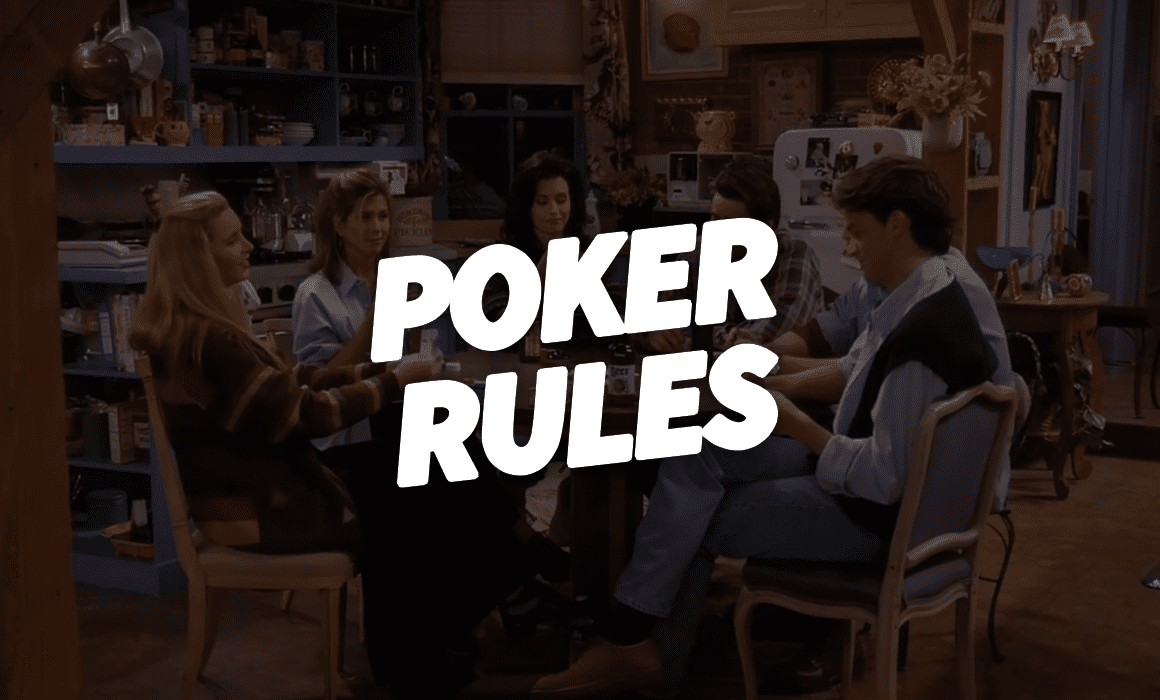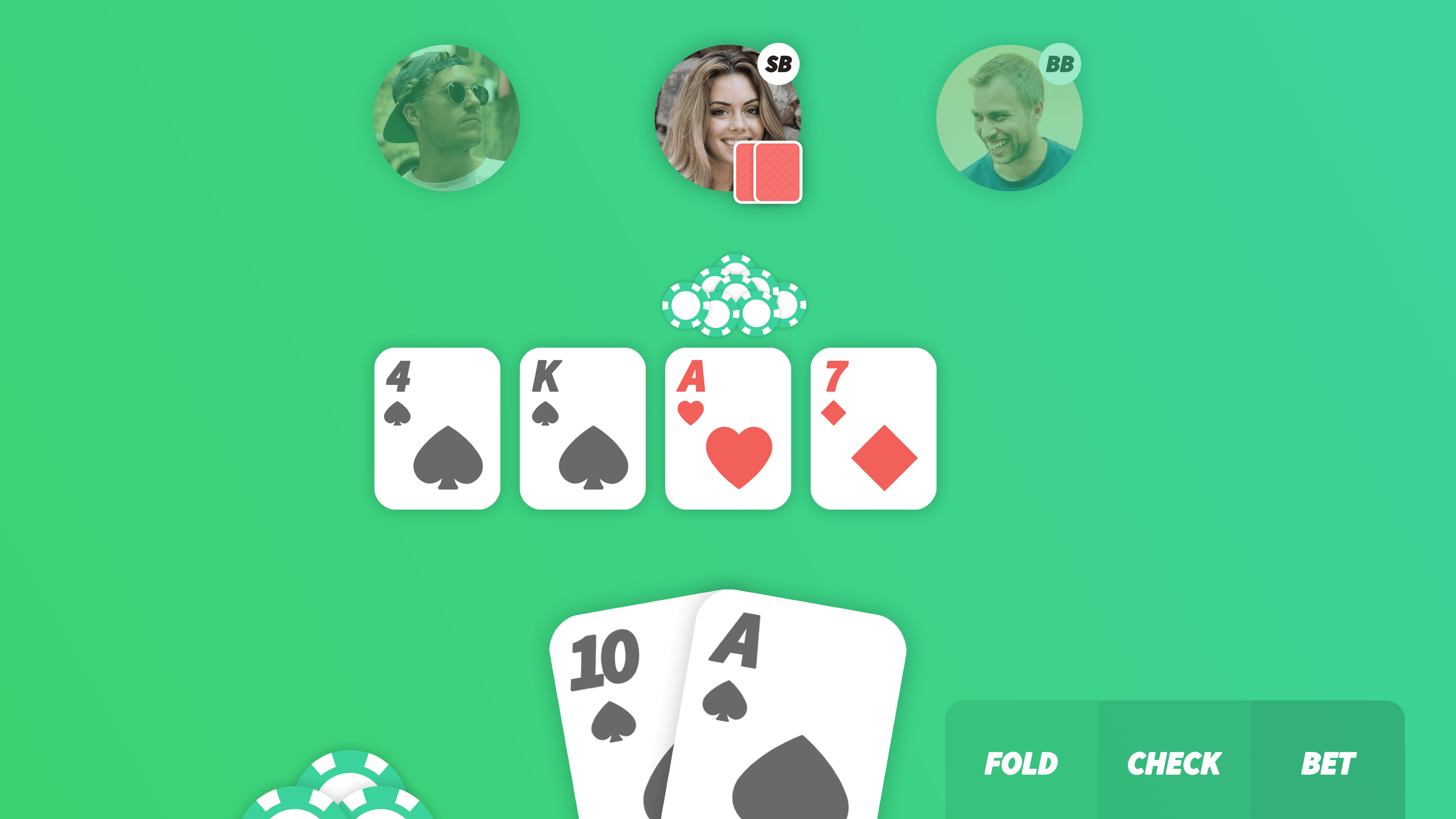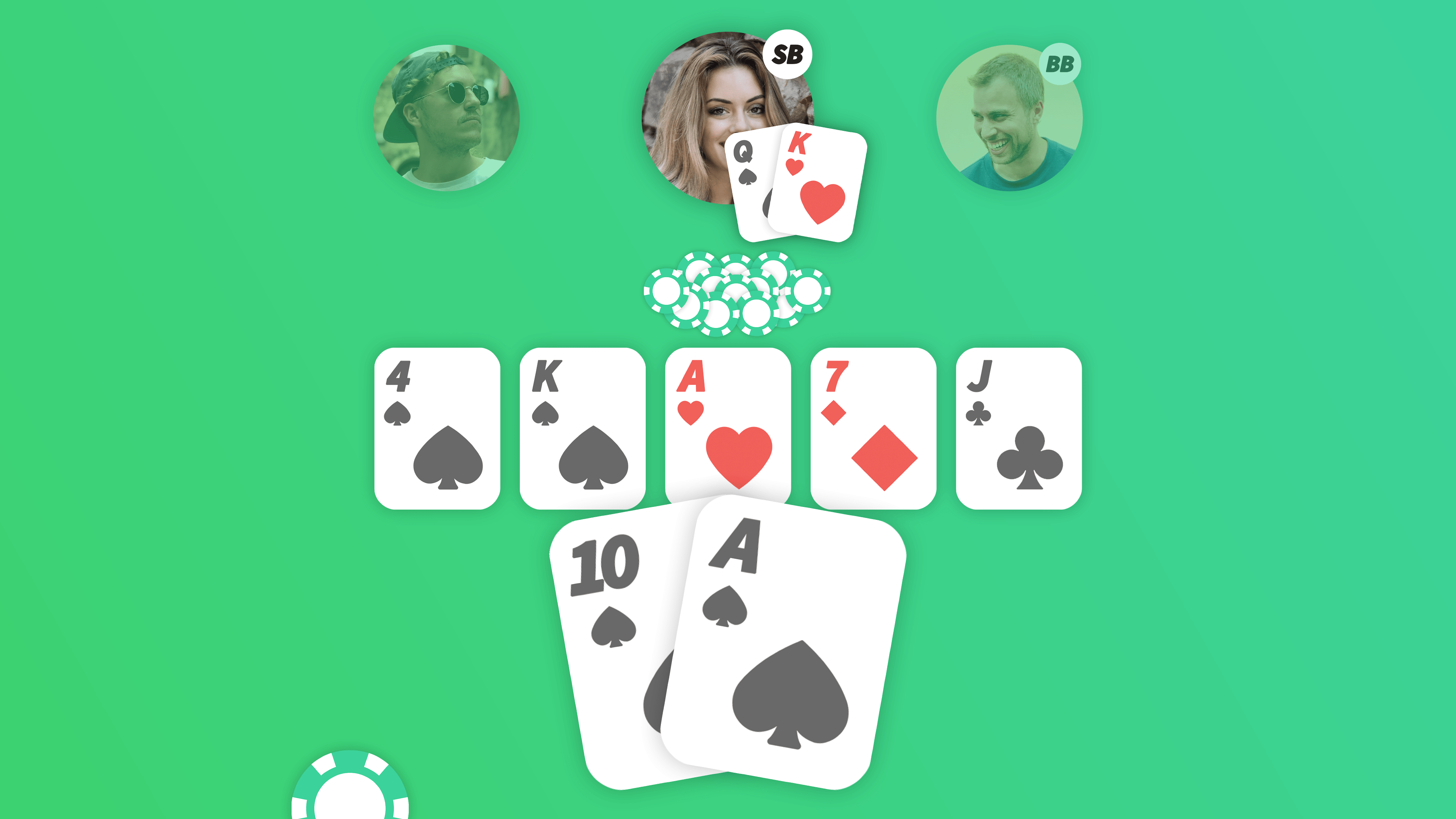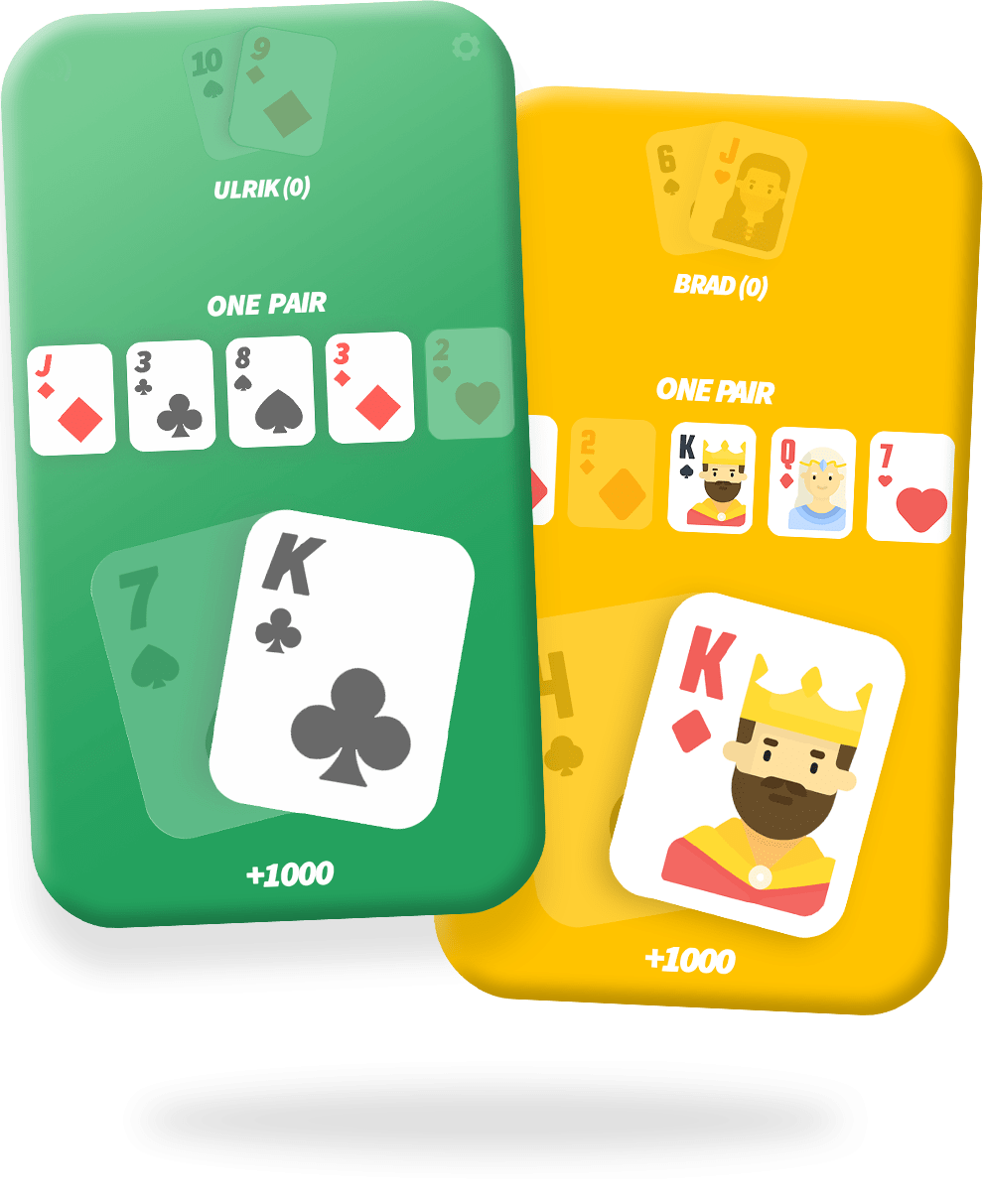Free Poker Tracker
Are you looking for a free poker tracker, or just interested in learning what a poker tracker is?
You’ve come to the right place. We’ll also take a look at the best poker tracker for live poker, tracking all the hands you play at your weekly poker night. Let’s get into it.
WHAT IS A POKER TRACKER (HUD)
In the world of online poker, players are constantly searching for ways to improve their game and gain an edge over their opponents. One of the most popular tools used by online poker players is the poker tracker, also known as a Heads-Up Display (HUD).
A poker tracker is a software program that collects data on every hand you play and stores it in a database. The software then uses this data to provide real-time information on your opponents’ tendencies, strengths, and weaknesses.
This information is displayed in the form of a HUD that appears on top of your online poker table.
The HUD displays a variety of statistics, such as the player’s VPIP (Voluntarily Put in Pot), PFR (Pre-Flop Raise), and aggression factor. These statistics provide insight into the way your opponents play and can help you make better decisions at the table.
Until now, poker trackers have only been for online poker, against strangers. But why can’t you have a poker tracker for when you get together for a poker night with friends?
Well, now you can.

FREE POKER TRACKER
Poker trackers are extremely useful, but at EasyPoker we wanted to create a free poker tracker that also tracks your hands when playing live poker, face to face with friends. So that’s what we built.
EasyPoker is a digital poker set designed to help you play poker with friends anytime, anywhere. It’s originally designed to be placed face to face, when you’re sitting together with friends but don’t have a physical poker set with you – but if your friends are busy, you can challenge strangers online.
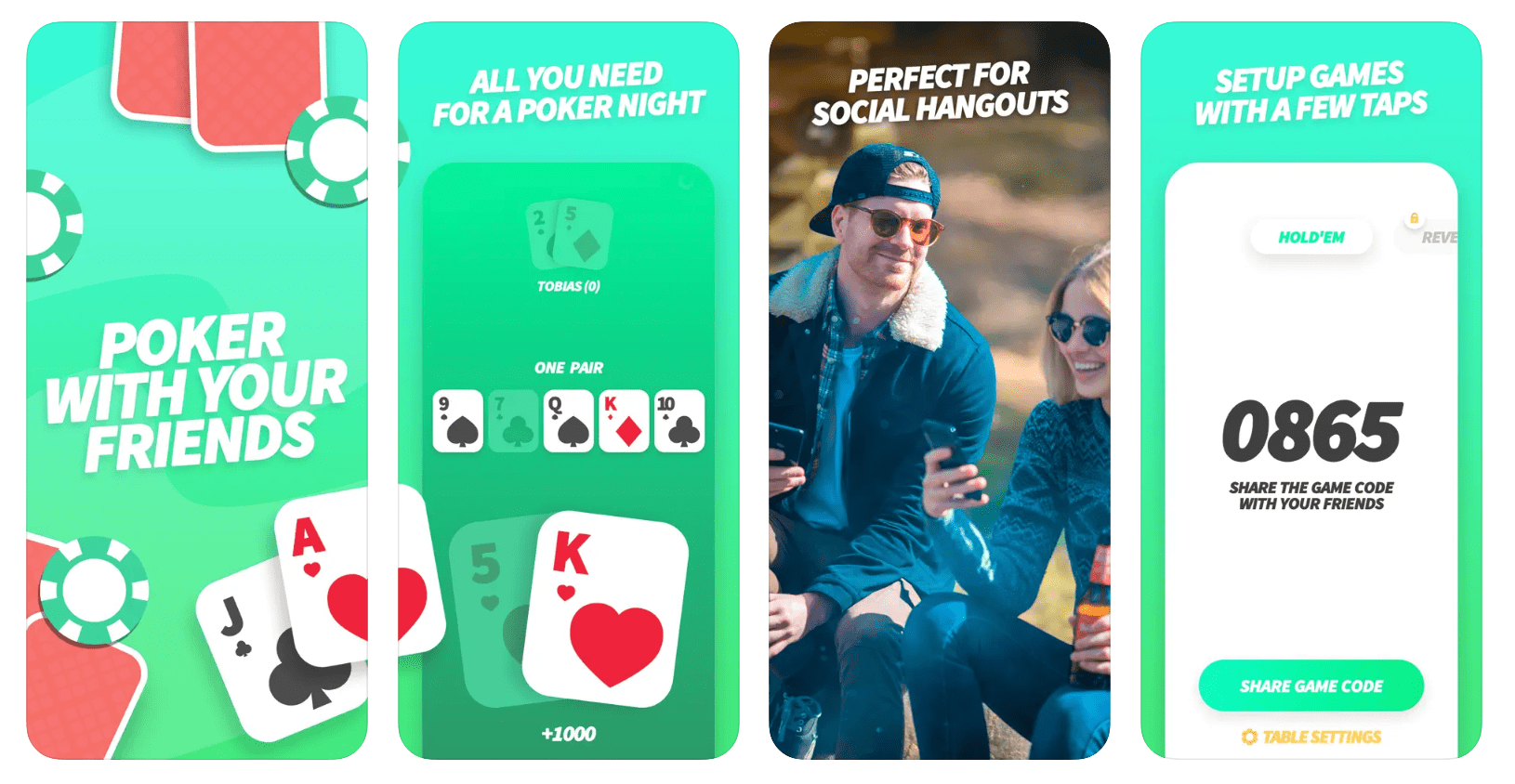
When you use EasyPoker to facilitate your poker night, every hand you play is automatically tracked.
We track everything from VPIP and PFR to aggression factor and WTSD.
Our free in-app poker tracker is made for you to understand your plays better and help you grow as a poker player. At the moment, we do not track and show your opponents’ numbers – we track and show your poker stats.
This helps you get a clear vision of your playing style, and suggests improvements.
We wanted to create a simple and free poker tracker that is easy to read and understand, and we really think it turned out great.
Try our free poker tracker by downloading the EasyPoker digital poker set here. Available in both the App Store and Play Store.

HOW DO POKER TRACKERS WORK
AND WHY ARE THEY USEFUL?
Poker trackers work by collecting data on every hand you play and storing it in a database. The software then uses this data to generate statistics and create a HUD that displays real-time information on your opponents’ playing styles.
The data collected by a poker tracker includes information such as the number of hands played, the number of times a player raised or called, and the amount of money won or lost. This information is then used to calculate various statistics, such as VPIP, PFR, and 3-bet percentage.
One of the main benefits of using a poker tracker is that it allows you to gain insights into your opponents’ playing styles. For example, if you notice that a particular opponent has a high VPIP and PFR, it may indicate that they are a loose and aggressive player. Armed with this information, you can adjust your strategy accordingly and make more informed decisions at the table.
Another advantage of using a poker tracker is that it helps you identify leaks in your own game. By analyzing your own statistics, you can identify areas where you’re losing money and work to improve your play in those areas.
Overall, poker trackers are a valuable tool for serious online poker players. They provide a wealth of information that can help you make better decisions at the table and improve your overall win rate.

ARE POKER TRACKERS LEGAL TO USE?
The legality of using poker trackers when playing online poker is a topic of much debate in the poker community. While there is no definitive answer, the general consensus is that using a poker tracker is not illegal, as long as the software does not violate the terms and conditions of the online poker site.
Most online poker sites have rules that prohibit the use of third-party software that provides an unfair advantage to players. This includes software that automates actions, colludes with other players, or provides information not available to other players at the table.
It’s important to note that the legality of using poker trackers may vary depending on your jurisdiction. In some countries, the use of any third-party software when playing online poker may be illegal. Before using a poker tracker, it’s important to research the laws in your area to ensure that you’re not breaking any rules.
However, many online poker sites allow the use of poker trackers as long as they do not violate these rules. Some sites even provide their own built-in tracking software that players can use.

CONCLUSION
In conclusion, poker trackers can be a valuable tool for serious online poker players. These software programs collect data on every hand you play, and use that data to generate statistics and create a HUD that displays real-time information on your opponents’ playing styles.
While the legality and ethics of using poker trackers may vary depending on your jurisdiction and personal opinion, there’s no denying that these tools can help players make more informed decisions at the table and improve their overall win rate.
If you’re considering using a poker tracker, it’s important to research the different options available and find one that suits your needs and budget. Additionally, it’s important to be transparent about your use of the software and abide by any rules or regulations set forth by the online poker site or the group you’re playing with.
With the right mindset and approach, poker trackers can be a valuable asset in your quest to become a better online poker player.
Private poker with friends
If you and your friends are looking for a simple way to play poker together on a private table, look no further! Give our free EasyPoker app a try.
With EasyPoker, you can easily create your own private poker game and invite your friends to join. This is not just a poker app, but works as a replacement for your physical chips and cards – perfect for when you want to play poker on the go.
Using the free EasyPoker app also helps you get better at poker, since the app automatically tracks all your hands and plays – allowing you to see your stats and understand your poker playing style.
All you need to do is focus on playing your cards and enjoying the fun with your friends.
GET BETTER AT POKER
If you’re interested in boosting your poker skills, we offer an extensive collection of guides.
Take a look at these two guides that can help you enhance your skills right away.





